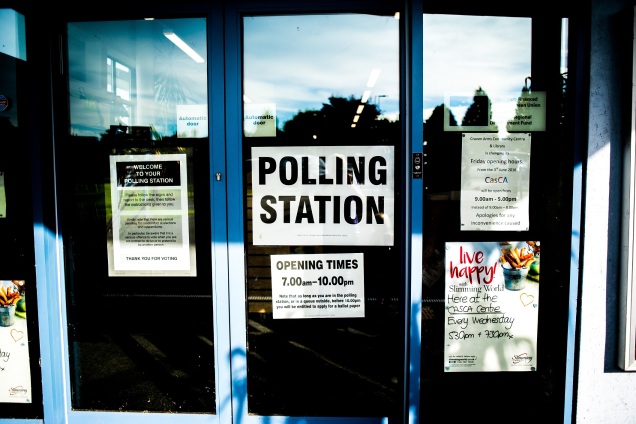 Madison Shumway is a journalist and gender researcher with interests in new media and women’s political representation. Find her on Twitter: @madisonshumway
Madison Shumway is a journalist and gender researcher with interests in new media and women’s political representation. Find her on Twitter: @madisonshumway
For academics, Facebook can be more than a time-suck. The online home of baby pictures, cat videos, Hillary For Prison memes and multi-level marketing schemes is also a virtual treasure trove of information for researchers studying personality, social behavior, political communication, and more. With demographic information, interests, participation in social groups, and opinions and reactions posted by individuals for the world to see, Facebook composes a valuable informational amalgam that can be used by researchers in various social science fields.

Unfortunately, researchers not beholden by academic ethics and IRBs have also taken advantage of this wealth of information. After news of Cambridge Analytica’s use of Facebook data during the 2016 presidential election broke, Facebook cracked down on its data access permissions. Before the change, researchers not affiliated with the site could once access Facebook’s Application Programming Interface (API) for data collection purposes; now the site has effectively locked down access to all but a select few.
As Marco Bastos and Shawn T. Walker write in The Conversation, the move protects user data at the cost of the bulk of Facebook social science research:
Given the mammoth size of Facebook’s userbase (2.13 billion at the last count), external scrutiny of the content on the social network is extremely important. In recent years, however, researchers have been fighting an uphill battle with the company to provide access to data. Now its latest decision has made it virtually impossible to carry out large-scale research on Facebook.
The changes make defunct software and libraries dedicated to academic research on Facebook, including netvizz, NodeXL, SocialMediaLab, fb_scrape_public and Rfacebook, all of which relied on Facebook’s APIs to collect data.
Systematic research on Facebook content is now untenable, turning what was already a worryingly opaque, siloed social network into a black box that is arguably even less accountable to lawmakers and the public – both of whom benefited from academics who monitored developments on the site.
So while Facebook’s newly-expressed dedication to protecting its users data is somewhat admirable, the new restrictions prevent valuable research from taking place. Studies that could help us understand social networks, campaign strategy, gendered online harassment, conversational tendencies, narcissistic personality traits, or virtually any other topic that could benefit from Facebook’s breadth of data are now nearly impossible to conduct legally.
Clearly, Facebook’s data represents a valuable resource to social science researchers. At the same time, ethical academics understand the necessity of keeping individuals’ information secure. Robbie Gonzalez writes in Wired:
The company currently possesses some of the best social data in the world. Is its chief obligation to share it or protect it? Responsible researchers think the answer is yes.
So what’s the solution? As a beginning researcher interested in applying Facebook data to the study of gender and political campaigns, I hope to see a more formal access point for academics wanting to access user information. Academics, from undergraduate interns to tenured professors, are already familiar with the process of obtaining IRB approval for studies and proving their use of data constitutes minimal risk to associated individuals.
My solution is not groundbreaking—researchers like Jacob Metcalf and Casey Fiesler also propose an ethics review process that would require academics to “demonstrate trustworthiness, such as public registration of research projects, evidence of funding sources, or a record of consent and/or terms and conditions” before accessing Facebook data. “Without that transparency,” they say, “we cannot help protect users of the platforms from abuse like that perpetrated by Cambridge Analytica.”
Making data access available to researchers unaffiliated with Facebook, who undergo ethics trainings and implement data security protocols, will benefit both academics and Facebook. Continuing to restrict access to only an elite few will severely dampen academic inquiry into the platform’s political and sociological complexities and reduce transparency between Facebook and the public.
Finding the balance between security and access will be tricky, but as Facebook works to restore its reputation, granting access to ethical academic researchers is a vital step in increasing transparent communication between the site and its users. The research produced if this access is provided will advance social science knowledge and help create a more well-understood and secure social media environment.
 by
by 
